
Biting into a king cake and feeling something hard can be a real surprise. People talk about the little plastic baby hidden inside, but what’s the deal if you actually find it? It’s not just about luck or a tiny choking hazard—there’s a whole tradition behind that little figurine.
If you’re at a Mardi Gras party, finding the baby isn’t just an “oops.” Suddenly, you’re on the hook for bringing the cake to the next party or hosting everyone yourself. Some folks say it makes you “king” or “queen” for the day, but, let’s be honest, it’s mostly used as an excuse to keep the celebration going. So the next time you grab a slice, know you might end up with more than just a sugar rush.
- How Did the King Cake Baby Tradition Start?
- Why Is a Baby Hidden in the Cake?
- What Happens If You Find the Baby?
- King Cake Varieties and How to Pick One
- Easy Baking Tips for King Cake
- Creative Ways to Keep the Tradition Fun
How Did the King Cake Baby Tradition Start?
The king cake baby tradition might seem random, but it actually comes from a long line of celebrations tied to Epiphany, also known as Three Kings' Day. This holiday happens every January 6th and marks the day the wise men visited baby Jesus. The king cake is a nod to the kings in the story, which is why it pops up in a lot of countries with Catholic roots, especially in New Orleans during Mardi Gras season.
Back in the day, French bakers started putting a bean or tiny coin hidden inside their cakes. Whoever found it was “king” for the night. The tradition rolled over from France to Louisiana in the 1800s. People started adding tiny porcelain babies to the cake, which later turned into the plastic version we see today. That baby isn’t random—it’s supposed to symbolize luck or prosperity for the year ahead. Plus, it keeps people coming back for another party, since whoever finds it is in charge of the next get-together.
Check out how the tradition has changed over time:
| Era | Object Hidden | Country/Region |
|---|---|---|
| 1300s-1700s | Bean or coin | France, Spain |
| 1800s | Porcelain figurine (sometimes a bean) | Louisiana (New Orleans) |
| Mid-1900s-Present | Plastic baby | U.S. (Mardi Gras) |
The whole point is about having fun and keeping people connected. Next time you spot that little figure in your cake, remember—it’s been getting parties going for a few hundred years.
Why Is a Baby Hidden in the Cake?
If you’re wondering why there’s a tiny baby stuffed inside a king cake, you’re not alone. This tradition actually comes from way back, linked to old European celebrations of Epiphany—basically a holiday that marks the day the Three Wise Men visited baby Jesus. The baby in the cake is supposed to represent Jesus, and finding it was meant to bring you good luck for the year. That’s how New Orleans picked up the tradition, sticking the baby in the cake for Mardi Gras instead of in January like they do in France or Spain.
Back in the day, folks would hide a dried bean, a coin, or a tiny porcelain figurine. But once king cake parties became all the rage and bakeries started making tons of cakes, plastic babies just made more sense (they’re cheap and not too fragile). If you look at different king cake spots these days, pretty much all of them use a small plastic baby about an inch long. Safety tip: bakeries in New Orleans often leave the baby out of the baked cake and hand it to you on the side—so you can hide it yourself. That’s because of concerns about choking or breaking a tooth.
- Represents luck and the promise of a good year
- Symbolizes the baby Jesus in Christian tradition
- Became popular in the U.S. in the early 1900s
- Switch from beans/porcelain to plastic for safety and cost
Here’s a quick look at how the tradition spread:
| Country | What They Hide | When |
|---|---|---|
| France | Porcelain figurine (fève) | Epiphany (Jan 6th) |
| Spain | Bean or figurine | Epiphany (Jan 6th) |
| USA (New Orleans) | Plastic baby | Mardi Gras season |
The point is, the surprise inside the cake isn’t just random. It’s a quirky custom that’s carried on for hundreds of years, turning a simple cake into the highlight of any Mardi Gras gathering.
What Happens If You Find the Baby?
So you took a bite, got a crunch, and there it is—the tiny plastic baby hiding in your slice of king cake. Now what? The tradition varies a little depending on where you’re celebrating, but in most places, finding the baby comes with a pretty clear job: you’re in charge of the next king cake or party. That means you either bake or buy the next cake, or sometimes, you’re expected to host the next big get-together. It helps keep the party rolling and gives everyone a reason to look forward to the next cake.
Some folks add their own twists. In New Orleans, if you find the baby, you’re “king” or “queen” for the day, which can come with silly hats, a homemade crown, or bragging rights for the night. At work or school, the winner often brings breakfast or treats for everyone next time. It’s not all about extra responsibility—it’s about sharing the fun and keeping friends and family connected.
- If you bought the cake at a bakery, they might leave the baby on the side for you to hide yourself (yeah, some people worry about choking, especially with little kids).
- The little figure used to be a bean or a nut way, way back before plastic babies even existed.
- If you accidentally swallow the baby, don’t panic, but it’s smart to let someone know just in case.
- Some parties use fun versions of the rule, like “host the next brunch” or “bring donuts” instead of king cake to mix things up.
Want to see how this plays out in real life? Here’s a peek at the most common king cake baby outcomes:
| Outcome | What You Do Next |
|---|---|
| Find the baby at a party | Bring the king cake next time or host the event |
| Office king cake | Treat coworkers to breakfast or snacks |
| Family celebration | Pick the next theme or activity for the gathering |
| School classroom | Wear a crown or get a small prize |
At the end of the day, finding the king cake baby is supposed to spread a bit of joy and responsibility. Even if you’re not much of a baker, grabbing a store-bought cake or running a donut errand once a year is a tiny price for all the fun you get from being part of this quirky tradition.
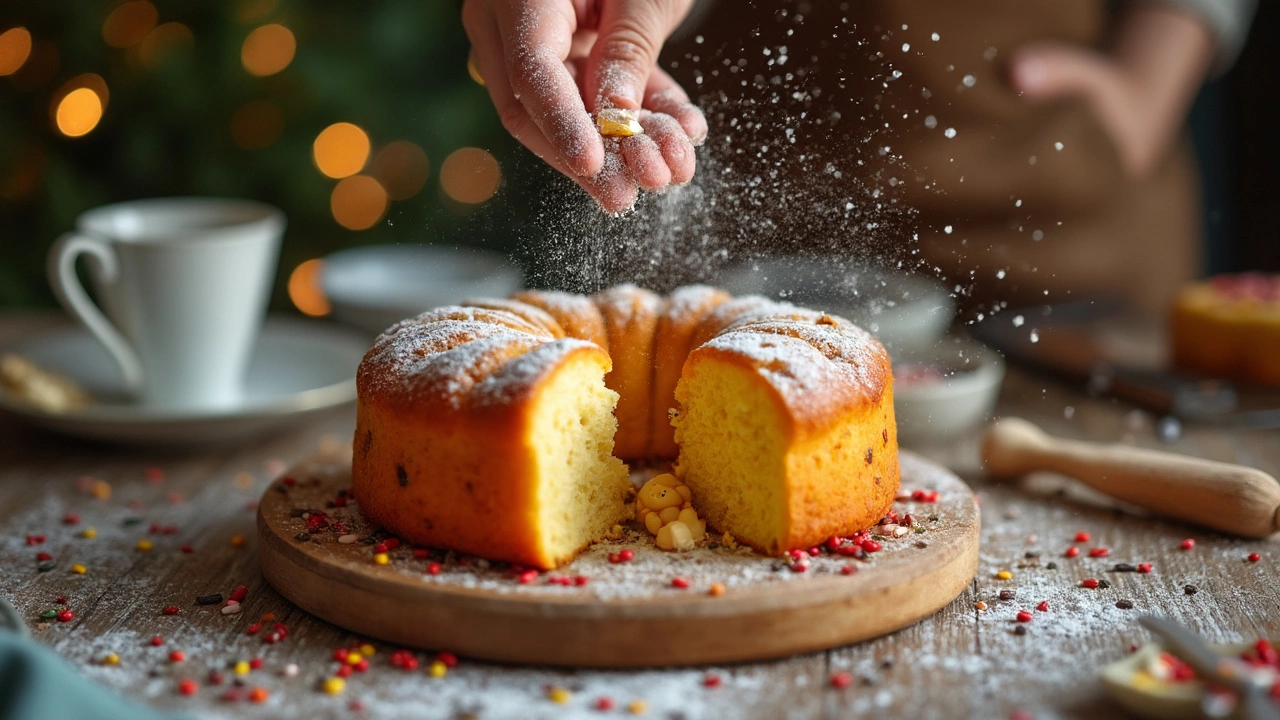
King Cake Varieties and How to Pick One
If you think there’s just one classic king cake, think again. Down in Louisiana, the traditional version is a sweet, braided dough covered in purple, green, and gold sugar. But if you look around, you’ll find all kinds—some with fillings, some without, and even crazy new versions with things like cream cheese or chocolate chips.
The most popular styles are:
- Classic cinnamon-sugar king cake—kind of like a giant cinnamon roll, rolled up and baked in a circle.
- Cream cheese-filled—gives you more of a cheesecake vibe with every bite.
- Fruit-filled—usually has apple, strawberry, or raspberry jam inside, making it super sweet and moist.
- Praline or pecan—stuffed with nutty, caramel flavors for those who want less sweetness and more crunch.
Some bakeries even go wild with flavors like brownies, peanut butter, or even bacon. If you want to try something less conventional, look for bakeries in New Orleans that love to get creative around Mardi Gras.
It helps to know your crowd before picking one. For a group of kids, stick to the classic—simple, colorful, and sweet. If your friends are major sweet tooths, a cream cheese or fruit-filled option won’t let you down. For more adult tastes, a praline or less sugary style works best. If anyone has allergies (especially nuts or dairy), always check ingredients because king cakes can be loaded with all sorts of extras.
Here’s a quick cheat sheet showing popular king cake types and what people usually like about them:
| Type | Main Flavor | Why People Pick It |
|---|---|---|
| Classic | Cinnamon, sugar | Best for big parties, kids love it |
| Cream Cheese | Rich, tangy | Super creamy, crowd-pleaser for adults |
| Fruit-Filled | Strawberry, apple, raspberry | Extra sweet and colorful inside |
| Praline/Pecan | Nutty, caramel | Good for sweet-tooth skeptics |
| Chocolate/Brownie | Chocolate (sometimes fudge) | Great for chocoholics or kids who want something different |
Not sure which way to go? Ask your bakery for samples or half-and-half cakes. And if you’re baking at home, cinnamon-sugar is always a safe first try. You can get fancy with fillings after you nail the basics.
Easy Baking Tips for King Cake
Baking a king cake at home might look tricky, but it’s not rocket science if you keep a few simple tricks in mind. You don’t need to be a pro baker to get a great result—just pay attention to what works, and what doesn’t.
First up, use a good yeast dough. King cake is more like a sweet bread than a regular cake. Make sure your yeast is fresh—if you open the pack and it doesn’t fizz when you add warm water and sugar, toss it out and start again. Once your dough rises, roll it wide and thin. If you like classic flavors, keep the filling light—cinnamon and sugar are the basics. Want to get creative? Go for cream cheese or fruit preserves, but don’t overfill, or your cake will leak and get messy.
Bake at 350°F (175°C) for about 25–30 minutes. If your oven runs hot, check at 20 minutes so you don’t end up with dry king cake. When it’s out and cooling, it’s time to decorate. Use a simple powdered sugar glaze, then go wild with green, purple, and gold sugar. These colors aren’t just festive; they actually represent faith, justice, and power.
- Let the dough rise in a warm, draft-free place. If your kitchen is chilly, pop it in the oven with just the light on.
- For clean cutting and shaping, flour your work surface generously.
- If you’re tucking in the baby, wait until after baking. Never bake the plastic baby—it can melt!
If you like numbers, check out this breakdown of average ingredient amounts for a classic king cake:
| Ingredient | Typical Amount (for one cake) |
|---|---|
| All-purpose flour | 4 cups |
| Sugar | 1/2 cup |
| Milk | 1 cup |
| Butter | 1/3 cup |
| Eggs | 2 large |
| Active dry yeast | 2 packets (4.5 tsp) |
| Cinnamon | 2 tsp |
You can swap out fillings or use gluten-free flour—whatever suits you. Just remember: don’t skip the colored sugar or the hidden baby, or it’s just not the same king cake experience.
Creative Ways to Keep the Tradition Fun
Sure, hiding the baby in the king cake is the classic way, but there are tons of ways to make this tradition even more exciting. Families and friends are always coming up with new spins, and honestly, some of these ideas make the party way more memorable.
If you're hosting, why not swap out the plastic baby for something personalized? Some people use a tiny crown or even a mini animal figurine for a kid-friendly twist. Just make sure everyone knows what to look for so no one ends up surprised mid-bite.
- Themed Parties: Make the person who finds the baby wear a special hat or sash for the rest of the night. It keeps things silly and light.
- Prize Swap: Instead of hosting next time, let the winner pick the next dessert or playlist for the party. You keep the tradition, just with less pressure.
- Decorate Together: Put the baby on the cake instead of inside and let everyone help decorate it. Whoever finds the "hidden" baby on the cake becomes the chief decorator or photo taker.
- Kids' Edition: For families, hide a few small candies in place of the baby so more kids get in on the fun (but make it clear which one is the real winner!).
Did you know that in Louisiana alone, bakeries sell over 750,000 king cakes each Mardi Gras season? No wonder the tradition is still going strong. Here's a quick look at how folks keep things interesting around the country:
| Region | Popular Twist |
|---|---|
| New Orleans | Multiple babies hidden for more winners |
| Texas | Gift cards or coins hidden in the cake |
| California | Vegan and gluten-free king cakes with colorful decorations |
Got a big group? Try hiding more than one baby or figurine so several people get a chance to "win." Or take a poll and let everyone vote on what the next big king cake challenge will be—maybe a bake-off or a crazy flavor experiment. There’s no rulebook—just go with what makes your crowd smile and the party rolling from one year to the next.


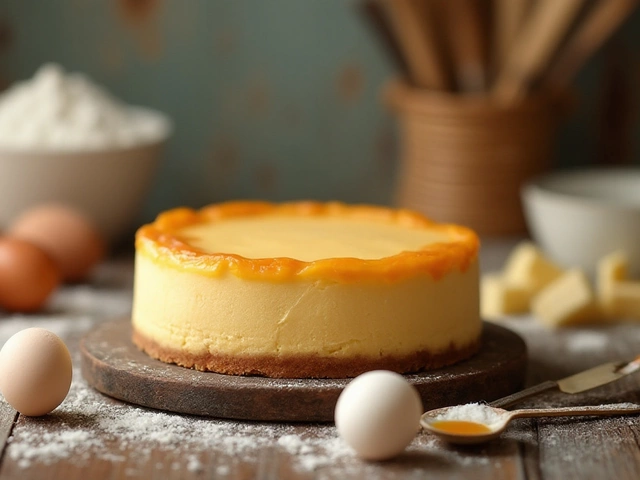

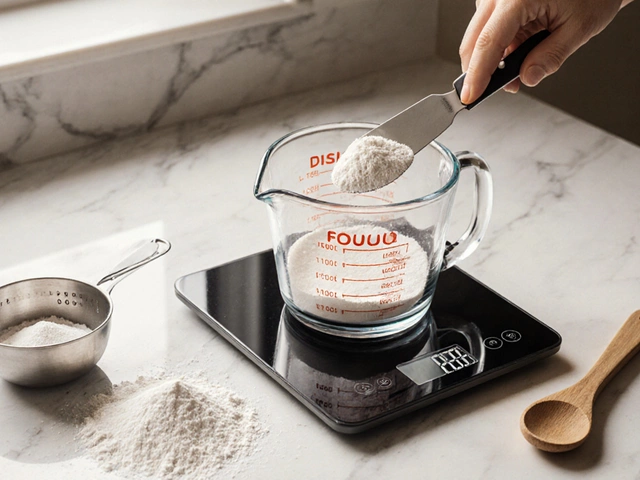


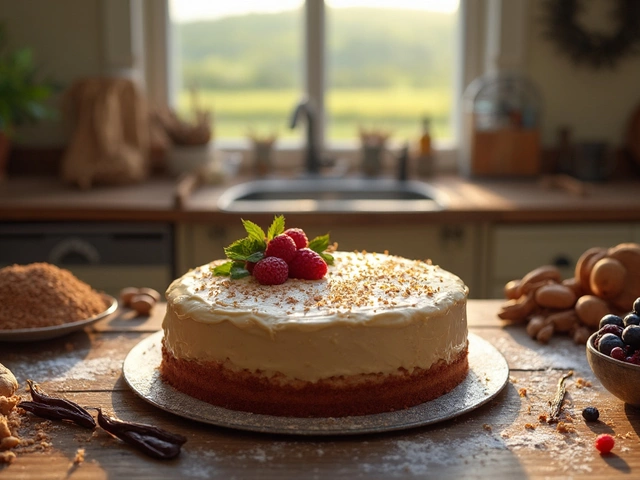
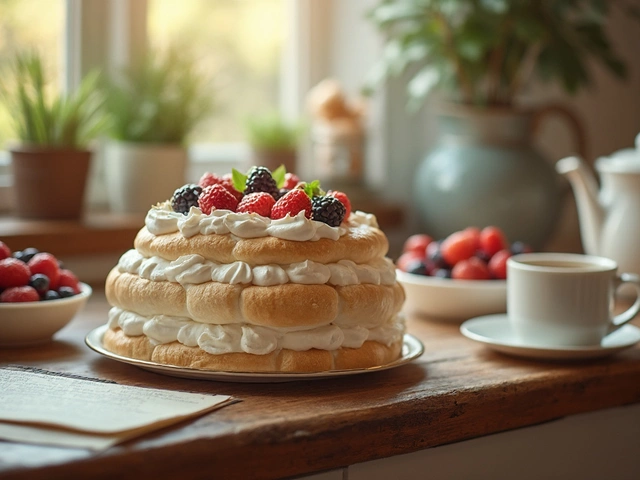


Write a comment